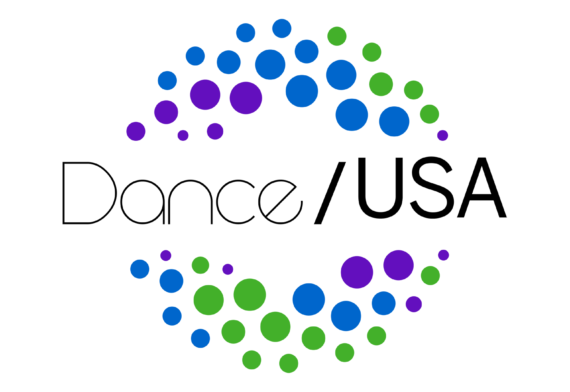Dance Advocacy: Tips for Organizing People
ORGANIZING PEOPLEIf your advocacy campaign involves organizing a group of people, you’ll need to consider what makes a good experience for a volunteer. If your advocacy campaign involves organizing a group of people, you’ll
need to consider what makes a good experience for a volunteer. On the Presidential campaign, I was responsible for organizing and deploying about 2,000 volunteers. Many of them volunteered over and over. I asked them why, and here is what I learned:
• Respond quickly: Volu…
An Advocacy Primer: Tips From an Accidental Advocate
I am something of an accidental advocate. I spent most of my adult life disengaged from anything that seemed like politics. I could list the reasons, but you probably already know them – quite possibly, you already share them. But in 2004, when Barack Obama made his famous convention speech, I said to myself, if that guy runs, I’m in. Long story short, I started by collecting signatures to get him on the ballot in New York State in October 2007, and ended up in charge of a 2,000-person volunt…
Dance Advocacy: Three Ways You Can Get Started Right Now
Idea #1: Public PerformanceThe goal: Create visibility for your community, raise awareness about the impact of the arts, or ask people to take a specific action.The action: Organize as large a group of people as you can — anywhere from ten to a hundred. Create a short, easy-to-learn phrase that can be repeated. Create a short list of rules that can vary the performance of the phrase — change of facing, change of speed, etc. Participants learn the phrase in advance. (Maybe through a YouTube vi…
Welcome to From the Green Room
I am proud of the long history and legacy created by Dance/USA Journal; I’m equally excited about the new opportunities for discourse that will be available to us in this online format.


Dancing Beyond Genres
To talk about dance in the 21st century, one must reach far beyond the genres of Western concert dance. Ballet, modern, jazz and contemporary dance are merely starting points for current discourse.